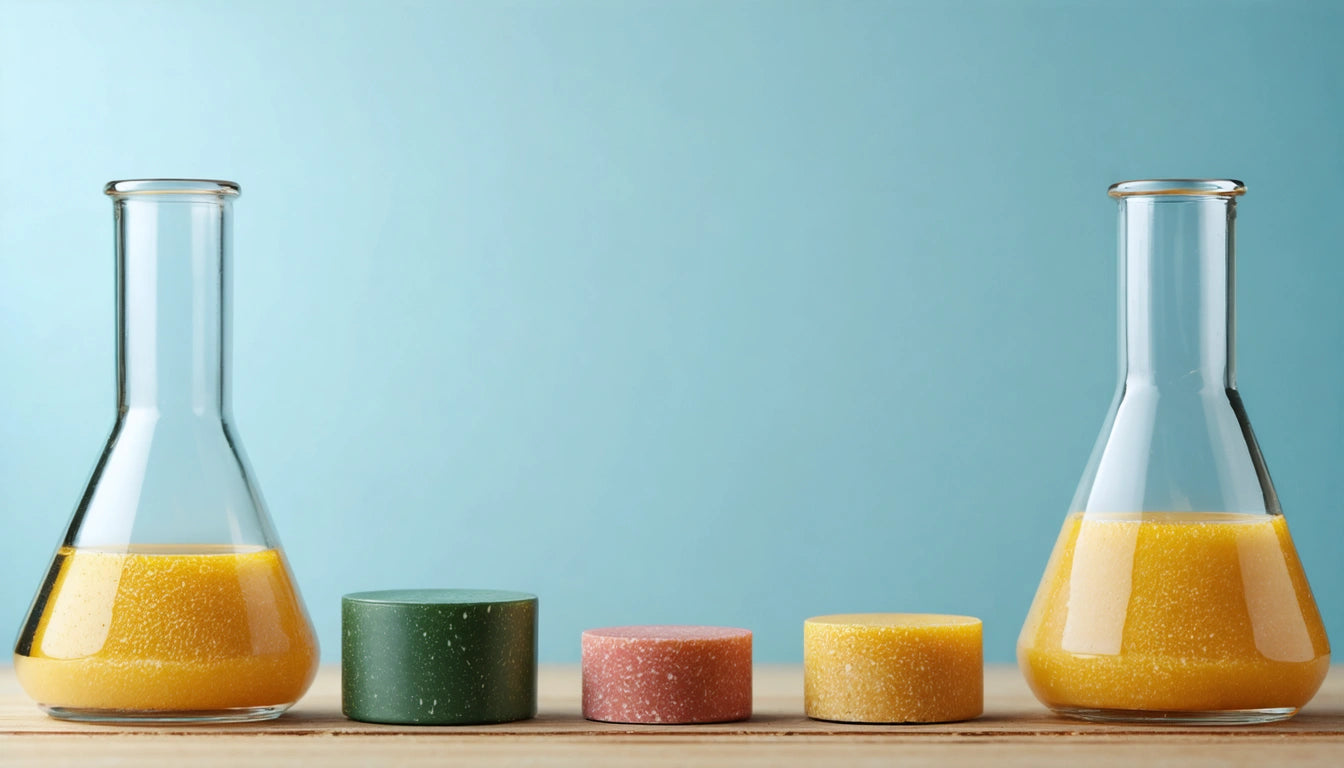Table of Contents
- What is Frustration-Free Packaging?
- Standard Packaging: The Traditional Approach
- Key Differences: Frustration-Free vs Standard Packaging
- LEGO Frustration-Free Packaging: A Case Study
- Environmental Impact of Packaging Choices
- Consumer and Business Benefits of Simplified Packaging
- Future of Packaging Innovation: Beyond Frustration-Free
Understanding Frustration-Free Packaging: A Comparison with Standard Packaging
Packaging plays a crucial role in product protection, brand presentation, and consumer experience. In recent years, frustration-free packaging has emerged as an alternative to traditional standard packaging methods. This comprehensive guide explores what frustration-free packaging means, how it differs from standard options, and why companies like LEGO are adopting this consumer-friendly approach.
What is Frustration-Free Packaging?
Frustration-free packaging refers to packaging designed to be easier to open and more environmentally sustainable than traditional packaging. Initially popularized by Amazon in 2008, this packaging style eliminates hard plastic clamshells, wire ties, and sealed plastic cases that cause "wrap rage" when consumers struggle to open products.
The core principles of frustration-free packaging include:
- Easy to open without tools or scissors
- Minimal packaging materials
- Recyclable components
- Reduced packaging size and weight
- Protection during shipping without excess materials
Standard Packaging: The Traditional Approach
Standard packaging has traditionally focused on several key priorities that sometimes conflict with user experience:
Theft Prevention
Traditional packaging often incorporates tamper-evident features and sealed plastic clamshells that are deliberately difficult to open in-store, deterring theft but creating challenges for legitimate customers at home.
Marketing Display
Standard packaging typically prioritizes shelf appeal and visibility, using larger packages with windows, hanging tabs, or display features that require additional materials. As packaging cost analysis shows, these marketing elements can significantly increase packaging expenses.
Additional Protection Layers
Conventional packaging often includes multiple layers of protection, such as plastic film over boxes, twist ties securing items, and internal plastic trays or molds, creating a more complex unboxing process.
Highlight: What does frustration-free packaging mean? It's a consumer-centric approach that eliminates unnecessary packaging elements while maintaining product protection and reducing environmental impact.
Key Differences: Frustration-Free vs Standard Packaging
When comparing frustration-free packaging vs standard packaging, several key distinctions emerge:
Unboxing Experience
Frustration-free packaging opens easily, often with perforated tabs or simple folding mechanisms. Standard packaging frequently requires scissors, knives, or other tools to access the product, sometimes resulting in damaged items or minor injuries.
Material Usage
Frustration-free designs use up to 80% less packaging material in some cases. Standard packaging typically includes more plastic, particularly non-recyclable blister packs and clamshells. Sustainable packaging innovations are increasingly influencing both approaches.
Shipping Efficiency
Products in frustration-free packaging often ship in their own containers without additional boxes, reducing dimensional weight shipping costs. Standard packaged items frequently require secondary packaging for e-commerce shipment.
LEGO Frustration-Free Packaging: A Case Study
LEGO has become a notable adopter of frustration-free packaging principles. What is LEGO frustration-free packaging? It's an approach that maintains the colorful, exciting brand experience while eliminating difficult-to-open elements.
LEGO's frustration-free packaging features:
- Easy-open boxes with minimal tape and glue
- Reduced plastic bags inside packaging
- Simplified internal organization
- Recyclable materials throughout
- Maintained visual appeal and brand identity
LEGO's transition demonstrates how even premium brands can maintain their identity while improving the customer experience. The company has committed to making all packaging sustainable by 2025, showing how frustration-free and environmental goals often align.
Environmental Impact of Packaging Choices
The environmental benefits of frustration-free packaging are substantial:
- Reduced material usage means less waste entering landfills
- Smaller, lighter packages reduce transportation emissions
- Easier recycling with fewer mixed materials
- Less plastic overall, particularly hard-to-recycle plastics
Companies investing in packaging equipment like automated processing solutions can efficiently produce these streamlined packages at scale, further reducing environmental impact through optimized production processes.
Consumer and Business Benefits of Simplified Packaging
The advantages of frustration-free packaging extend beyond environmental considerations:
For Consumers
Consumers enjoy immediate benefits from frustration-free packaging:
- Reduced "wrap rage" and packaging-related injuries
- Easier access for elderly or those with physical limitations
- Less household waste to manage
- Improved overall product experience
For Businesses
Companies also realize significant advantages:
- Lower packaging material costs
- Reduced shipping expenses due to smaller, lighter packages
- Enhanced sustainability credentials and brand perception
- Improved customer satisfaction and loyalty
- Streamlined fulfillment operations
As consumer packaged goods trends continue to evolve, companies that embrace frustration-free principles gain competitive advantages in both cost structure and customer experience.
Future of Packaging Innovation: Beyond Frustration-Free
The principles behind frustration-free packaging are influencing broader packaging innovation. Future developments are likely to include:
- Smart packaging with QR codes replacing printed instructions
- Mono-material designs that simplify recycling
- Compostable alternatives to traditional plastics
- Packaging that communicates more effectively with consumers
- Designs that accommodate both retail display and e-commerce shipping
As highlighted in packaging industry trend analyses, the line between standard packaging vs frustration-free will likely blur as all packaging evolves toward more user-friendly, sustainable solutions.
Understanding the differences between frustration-free and standard packaging helps both consumers and businesses make informed decisions that balance protection, presentation, and environmental responsibility. As packaging continues to evolve, the principles of frustration-free design will likely become standard practice across industries.











Leave a comment
All comments are moderated before being published.
This site is protected by hCaptcha and the hCaptcha Privacy Policy and Terms of Service apply.